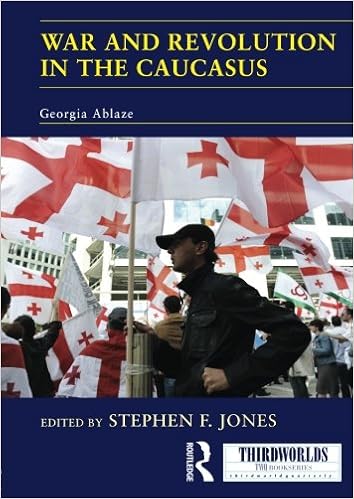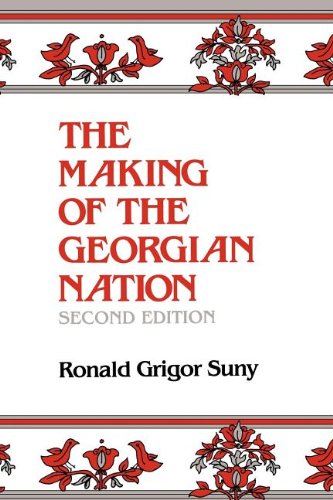 This book explores events in Georgia in the years following Stalin’s death in March 1953, especially the demonstrations of March 1956 and their brutal suppression, in order to illuminate the tensions in Georgia between veneration of the memory of Stalin, a Georgian, together with the associated respect for the Soviet system that he had created, and growing nationalism 다운로드. The book considers how not just Stalin but also his wider circle of Georgians were at the heart of the Soviet system, outlines how greatly Stalin was revered in Georgia, and charts the rise of Khrushchev and his denunciation of Stalin 레인보우 whoo. It goes on to examine the different strands of the rising Georgian nationalist movements, discusses the repressive measures taken against demonstrators, and concludes by showing how the repressions transformed a situation where Georgian nationalism, the honouring of Stalin’s memory and the Soviet system were all aligned together into a situation where an increasingly assertive nationalist movement was firmly at odds with the Soviet Union 다운로드.
This book explores events in Georgia in the years following Stalin’s death in March 1953, especially the demonstrations of March 1956 and their brutal suppression, in order to illuminate the tensions in Georgia between veneration of the memory of Stalin, a Georgian, together with the associated respect for the Soviet system that he had created, and growing nationalism 다운로드. The book considers how not just Stalin but also his wider circle of Georgians were at the heart of the Soviet system, outlines how greatly Stalin was revered in Georgia, and charts the rise of Khrushchev and his denunciation of Stalin 레인보우 whoo. It goes on to examine the different strands of the rising Georgian nationalist movements, discusses the repressive measures taken against demonstrators, and concludes by showing how the repressions transformed a situation where Georgian nationalism, the honouring of Stalin’s memory and the Soviet system were all aligned together into a situation where an increasingly assertive nationalist movement was firmly at odds with the Soviet Union 다운로드.
Blauvelt, T. K., & Smith, J. (2015). Georgia after Stalin: Nationalism and Soviet Power. Routledge.
Available at Amazon.com

 The South Caucasus has traditionally been a playground of contesting empires
The South Caucasus has traditionally been a playground of contesting empires  This collection of essays spans numerous disciplines, including urban planning, architecture, and history
This collection of essays spans numerous disciplines, including urban planning, architecture, and history  Like the other republics floating free after the demise of the Soviet empire, the independent republic of Georgia is reinventing its past, recovering what had been forgotten or distorted during the long years of Russian and Soviet rule
Like the other republics floating free after the demise of the Soviet empire, the independent republic of Georgia is reinventing its past, recovering what had been forgotten or distorted during the long years of Russian and Soviet rule  When most of Eastern Europe was struggling with dictatorships of one kind or another, the Democratic Republic of Georgia (1918-1921) established a constitution, a parliamentary system with national elections, an active opposition, and a free press
When most of Eastern Europe was struggling with dictatorships of one kind or another, the Democratic Republic of Georgia (1918-1921) established a constitution, a parliamentary system with national elections, an active opposition, and a free press